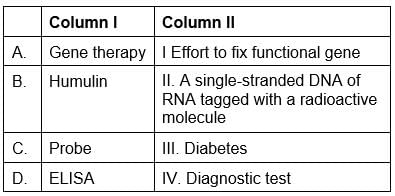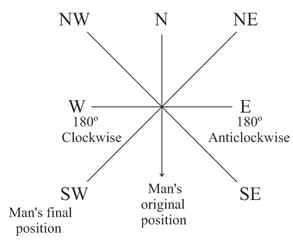SRMJEE Mock Test - 1 (Medical) - JEE MCQ
30 Questions MCQ Test - SRMJEE Mock Test - 1 (Medical)
At a certain place, the horizontal component of Earth's magnetic field is √3 times the vertical component. The angle of dip at that place is
A capacitor of capacitance C1 is charged by connecting it to a battery. The battery is then removed and this capacitor is connected to a second uncharged capacitor of capacitance C2. If the charge gets distributed equally on the two capacitors, then the ratio of the total energy stored in the capacitors, after connection to the total energy stored in them before connection, is
The phenomenon of electromagnetic induction implies a production of induced
A ball of mass 0.2 kg rests on a vertical post of height 5 m. A bullet of mass 0.01 kg, traveling with a velocity v m/s in a horizontal direction, hits the center of the ball. After the collision, the ball and bullet travel independently. The ball hits the ground at a distance of 20 m, and the bullet hits the ground at a distance of 100 m from the foot of the post.The initial velocity v of the bullet is:
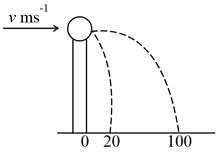
In a region, steady and uniform electric magnetic fields are present. These two fields are parallel to each other. A charged particle is released from rest in this region. The path of the particle will be a
Choose the correct statement from among the following.

What is the value of E° for the above reaction sequence?
In erythroblastosis foetalis, why is the first pregnancy generally unaffected by Rh incompatibility?
Angina pectoris, characterized by acute chest pain, typically occurs when:
Consider the given two statements:
Statement I: Uricotelic animals, such as birds and reptiles, excrete nitrogenous waste primarily in the form of uric acid, which conserves water.
Statement II: Uric acid is highly soluble in water and is excreted through the skin in these animals.
Consider the following statements about dicotyledonous roots:
- The endodermis in dicot roots contains Casparian strips made of suberin.
- The pericycle is responsible for the initiation of lateral roots and vascular cambium during secondary growth.
- The xylem is arranged in a polyarch condition, with more than six xylem bundles.
- The pith in dicot roots is small or inconspicuous.
Which of the above statements are correct?
How does the phenomenon of red tides, caused by certain dinoflagellates, impact marine ecosystems?
In green plants, during photosynthesis, the hydrogen donor is:
Given below are two statements:
Assertion (A): Parallel venation is characteristic of most monocotyledons.
Reason (R): In most monocotyledons, the veins run parallel to each other within the lamina.
What is the primary role of electrons in the electron transport chain during photosynthesis?
Theory of inheritance of acquired characters was given by
Which one of the following is not included under in-situ conservation?
Which one of the following shows concept of species-area relationship?
The logistic population growth is expressed by the equation :
Which of the following is an example of sex linked disease?
Which one of the following statements about human sperm is correct?
Select false statements for an enzyme promoting a chemical reaction by
(i) lowering the energy of activation.
(ii) causing the release of heat, which acts as a primer.
(iii) increasing molecular motion.
(iv) changing the free energy difference between substrate and product.
In the given diagram of skull, what does “I” represent?
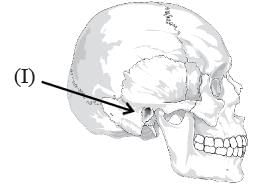
Consider the following figure:

Find the length of BD.
A man is facing South. He turns 135 degrees in the anticlockwise direction and then 180 degrees in the clockwise direction. In which direction is he facing now?


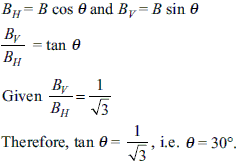



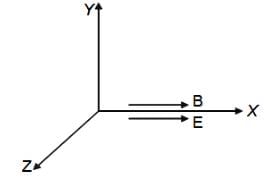

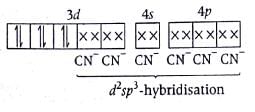
 does not have
does not have group required for iodoform test.
group required for iodoform test.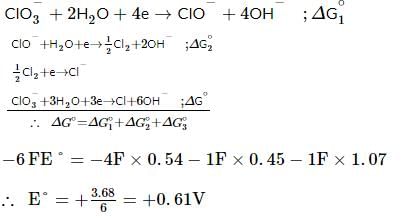
 where N is population density at time t, r is the Malthusian parameter (rate of maximum population growth) and K is the so called carrying capacity (i. e. maximum sustainable population). It is a type of population growth when resources are limiting.
where N is population density at time t, r is the Malthusian parameter (rate of maximum population growth) and K is the so called carrying capacity (i. e. maximum sustainable population). It is a type of population growth when resources are limiting.